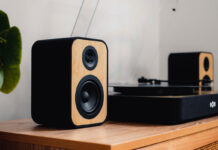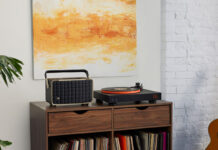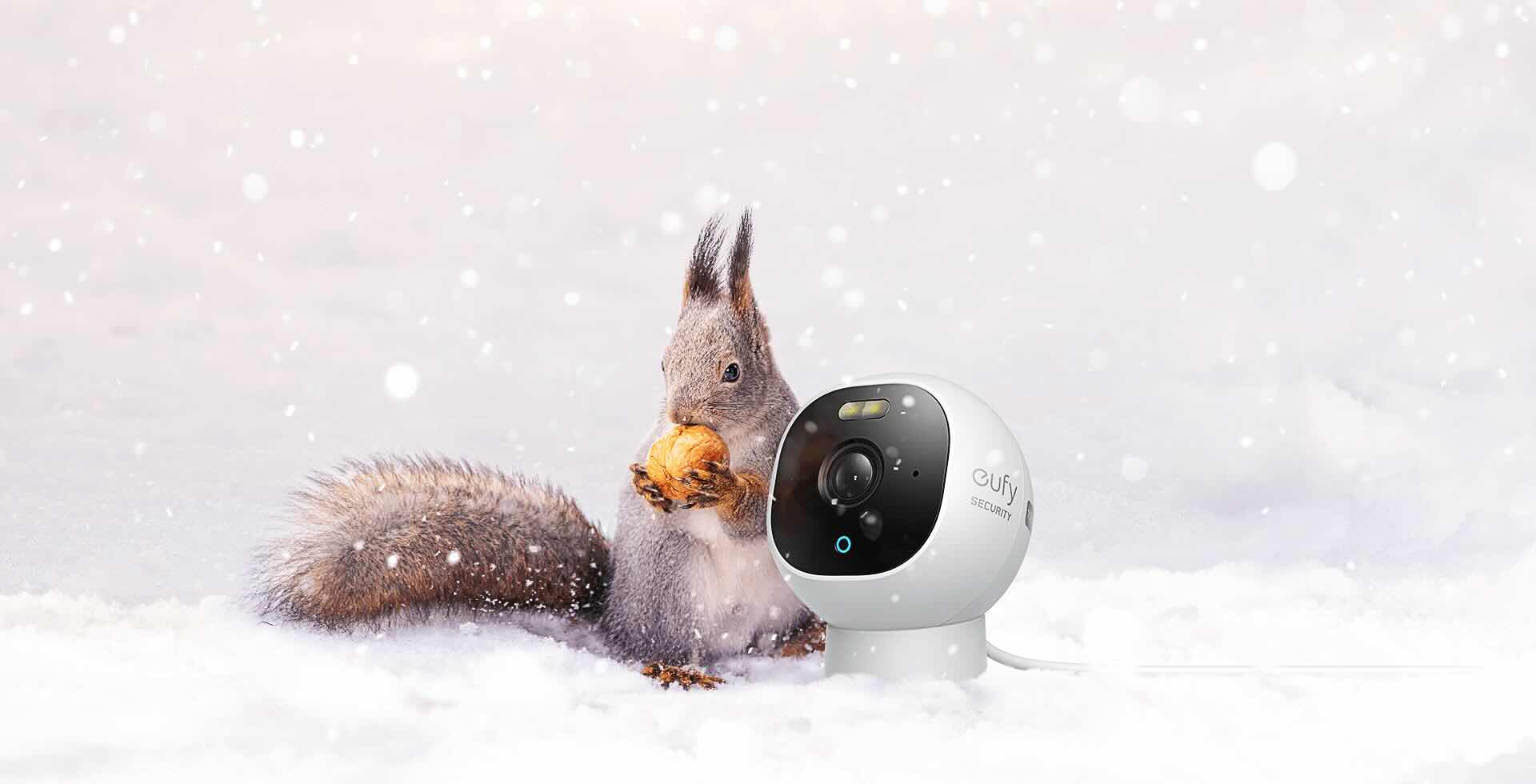
Winter is coming, and in Canada, one of the ways to prepare for winter is to make sure your smart cameras can stand up to the wind and cold. Just because it’s -10 or -20 doesn’t mean it’s too cold for your camera to keep an eye on your yard, but some cameras are designed to stand up to winter better than others. Here’s a look at a few smart cameras rated for outdoor use, and the advantages of each one.
How cold is too cold for smart cameras?
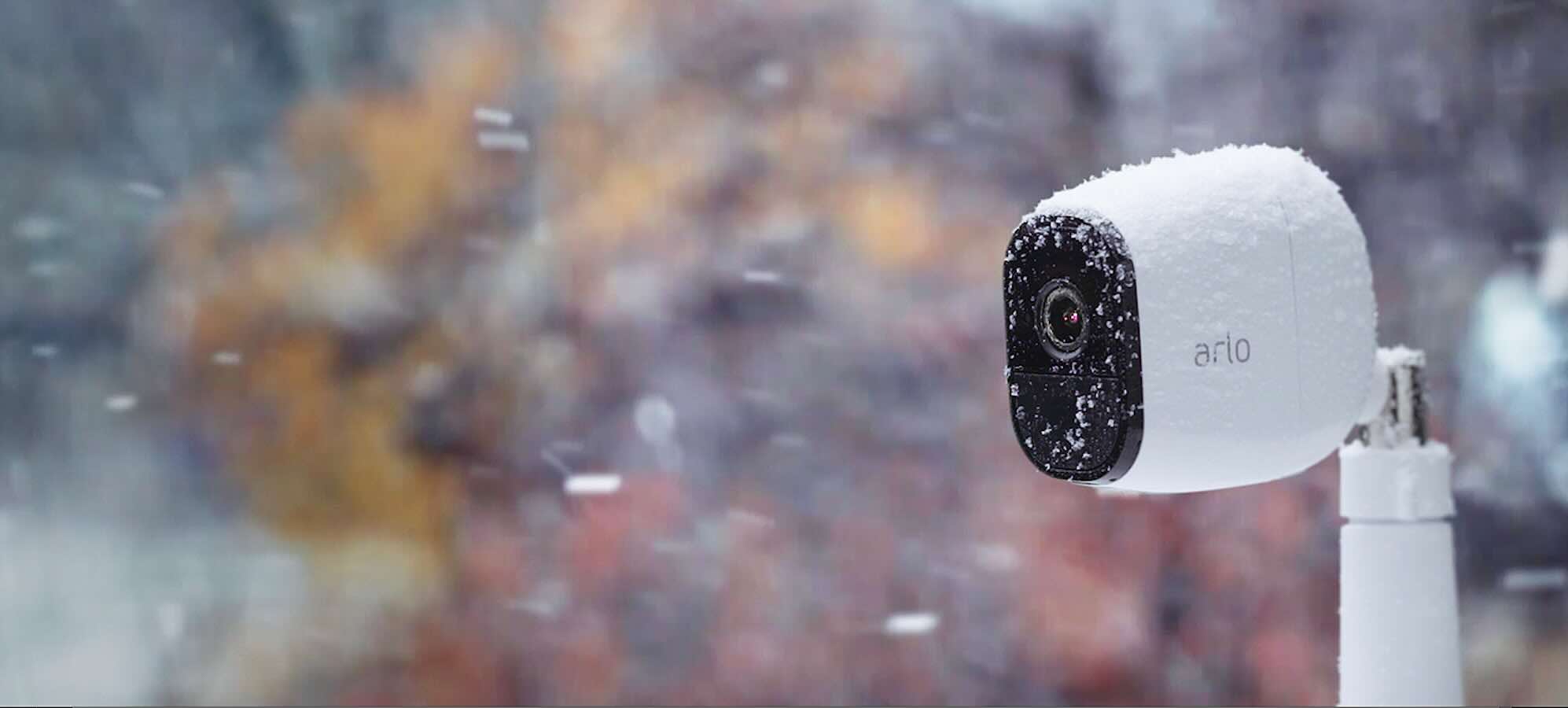
In Canada, our weather generally ranges from a steamy 40 to 45 degrees Celcius to an extra icy -50 or colder with the windchill. As Canadians, we’re used to extreme temperatures; our smart home devices may not be. That’s why it’s so important to choose a weather-resistant camera with the right IP rating for your province.
What is the best IP rating for smart cameras?
An IP rating, also known as Ingress Protection, is a standard for measuring what your smart camera is protected from and how much protection you should expect. When you look at your IP rating, you’ll notice there are two numbers. The first number will be the measure of how protected your camera is from dust, and the second will be how protected your Wi-Fi camera is from liquids.
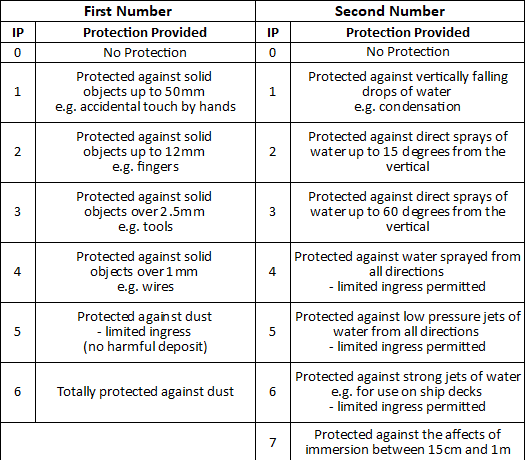
The dust rating system starts at 0 and goes to 6, with 6 being the best dust protection possible. For liquids, the rating goes to 8, with 8 meaning your camera can handle sitting in water for a long period of time. You’ll also see some manufacturers use an X in place of one of the numbers.
Long story short, a weatherproof camera designed to stay outside in a Canadian winter should be at least IP65, IP66, or IPX6. This classification will mean your smart camera will be dust-proof and splash-resistant. The higher the number, the stronger the spray of water your camera will withstand.
What’s the coldest temperature a smart camera will work in?
Most Wi-Fi smart cameras will work in temperatures ranging from -10 to -20. To keep it running in tip-top shape, you’ll want to keep your camera in a spot where snow won’t build up on it. You should also try to keep it free of condensation and ice. Wind chill can make it feel colder outside than the thermometer indicates, so protecting it from wind is a good idea too.
Even if you don’t protect it in some way, you’ll be surprised at how well the latest weatherproof cameras will continue working when temperatures drop. In no particular order, here are a few choices of smart cameras that will brave winter with you.
Arlo Essential XL 2K security camera
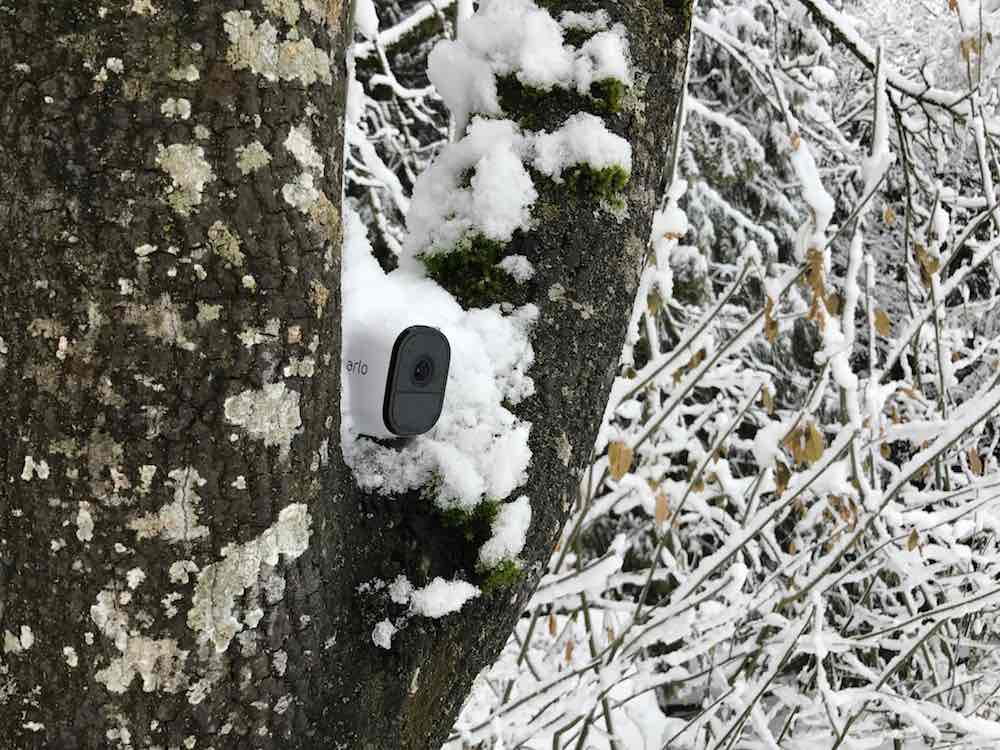
I’ve always been impressed with Arlo smart cameras, and the latest Arlo cameras are even better than the last generation. The Arlo Essential XL wire-free 2K security cameras are the perfect choice for a Canadian winter. They have a weather proof design that keeps them working in all types of weather, an IP rating of 65, and an operating temperature of -20 C to 45°. The Arlo Essential XL captures vivid 2K HDR video, and I love how you can now use pet mode to monitor your pets when you’re out of the house. This model, the Arlo Essential XL (VMC3352-100CNSO) has extra long battery life that’s four times longer than other cameras.
In my experience with my own Arlo cameras, I’ve had them up and working perfectly in -10 to -15. You can’t beat the closed, white weatherproof design. It rarely gets really cold here on the West Coast, but there was a night a few years ago when the temperature hit -18 with wind and the battery on my Arlo went dead. It had about 50% charge that morning. That’s the only time it happened, and it worked normally in -10. I haven’t tested out the latest Arlo camera yet, but the longer battery life should help keep it working in the bitter cold.
eufy eufyCam 3 4K Ultra HD outdoor security camera with solar panel
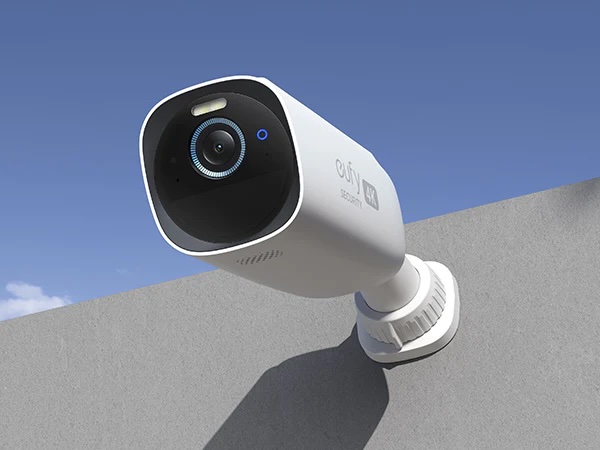
eufy is becoming on the most popular brands of smart camera, and the eufy eufyCam 3 outdoor security cameras are built to stand up to a Canadian winter. They are wirefree cameras rated at IP67 so they can be placed anywhere, and to keep them charged they have built-in solar panels. The solar panels will keep the cameras charged as long as they receive sunlight. eufy eufyCam 3 outdoor security cameras (T88711W1-5) can capture footage in 4K, and they have 16GB of built in storage.
eufy efuyCam 3 cameras work in even colder weather than some outdoor security cameras. They have an operating temperature of -20°C to 50°C (-4°F to 122°F).
Swann wired 8-CH 2TB DVR security system

I’ve tested out several Swann security systems and I’m a big fan of their outdoor wired security cameras. The Swann wired 8-CH 2TB DVR security system 4K (SWDVK-856804MQB-CA) includes four cameras and a DVR, and they have unique features like heat and motion sensing, 4K video capture, colour night vision, audio, and built in alarms. They are rated IP66 and you connect them to the included DVR via coax cable. In my experience, wired cameras are the best for Canadian winters. You don’t have to worry about charging batteries or bitter cold draining your charge, and they will record and store your footage for up to 12 months. Swann cameras also are weatherproof so they can stand up to ice and snow, and they will run in -22 C to 50 C.
Which smart camera would you choose?
No matter where you live in Canada, you know it’s going to be chilly this winter. Any of the smart home cameras I mentioned will stand up to the elements, and you can check out more great smart cameras to keep your home and yard protected right now at Best Buy.





